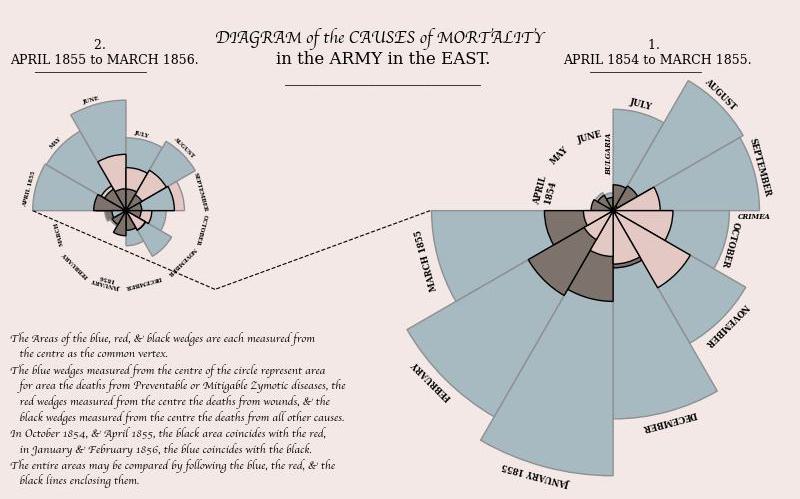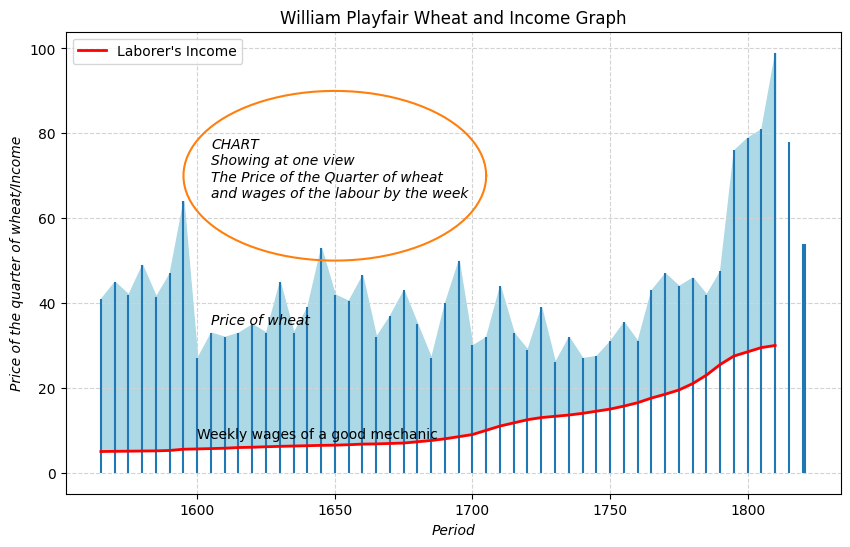Lecture 12: Manifolds, Dimensionality Reduction
Historical Timeseries: Ryan McNeil
Historical Timeseries: Paul Ayamah

Historical Timeseries: Neh Majmudar
Historical Timeseries: Sean Sudol

Historical Timeseries: Giacomo Radaelli

Historical Timeseries: Joshua Rollins

Historical Timeseries: Jordan Matuszewski

Historical Timeseries: Garima Goyal

Manifold Learning
Manifolds
Formal Definition
A topological space1 is a manifold if it can be equipped with an atlas: a cover2 where each element of the cover is homeomorphic3 to (an open subset of) \(\mathbb{R}^n\).
Intuitive Description
A shape is a manifold if it has the same dimension everywhere and neither self-intersections, nor boundaries, nor other kinds of pathological behavior.
Manifolds are a particular way of defining what it means for a shape to be nice in a theoretical sense
The Manifold Hypothesis
Geometric/Topological machine learning and data science operate under the manifold hypothesis: an assumption that data typically lies on (or near) a relatively low-dimensional manifold embedded in a higher-dimensional ambient space.
Example: Linear Regression assumes data lies near a hyperplane.
If we can shift from ambient dimension to intrinsic dimension it may be a lot easier to work with the data.
For visualization purposes, it would be best to get down to the range of 2-5 actually relevant dimensions, to limit the number of visual channels we need to use.
Dimensionality Reduction
Dealing with high-dimensional data
A selection of Dimensionality Reduction methods
- PCA - Principal Component Analysis
- Use eigenvectors of the sample covariance matrix of the data to find a linear change of basis that concentrates variability into a few basis vectors.
- MDS - Multi-Dimensional Scaling
- Use optimization of a stress value (sum-of-squares of differences between distances before projecting and distances after projecting) to find a map as close to isometric as possible.
- Random Projection
- Create a random projection matrix by generating a set of orthonormal random vectors and multiply data matrix with the projection matrix.
- Johnson-Lindenstrauss Lemma: If your target dimension is \(d>8\log(N)/\epsilon^2\), then there is some map \(f\) whose squared norm distortion is no more than \(\epsilon\).
Time to read
Divide into three groups.
Each group picks one (a different one) of:
- Isomap: Tenenbaum, de Silva, Langford, A global geometric framework for nonlinear dimensionality reduction, Science 290 (2000) pp 2319-2323. http://doi.org/10.1126/science.290.5500.2319
- t-SNE: van der Maaten, Hinton, Visualizing data using t-SNE, JMLR, 9 (2008) pp 2579-2605 http://jmlr.org/papers/volume9/vandermaaten08a/vandermaaten08a.pdf
- UMAP: McInnes, Healy, Melville, Uniform manifold approximation and projection for dimension reduction, arXiv:1802.03426 https://arxiv.org/pdf/1802.03426.pdf
- Everyone reads their article alone.
- Discuss within your article group. Make sure everyone in your group understand the method and what distinguishes it.
- Divide into groups of 3 (one from each group) and explain your paper to the other 2.
Dimensionality Reduction in Action
From a database (collected by van Hateren) of naturally occurring images, draw 3x3 pixel patches at random.
Most such pixel patches will be almost constant - discard those.
D Mumford et al. used PCA to identify a primary circle of high density in this data. Turns out to trace linear gradients in different orientations.
G Carlsson et al. used Topological Data Analysis to study the high-density structure more carefully. They identify a high-density Klein bottle in the data, with a direct correspondence to quadratic gradients (ridges and valleys) in different orientations.

Homework
Read https://handsondataviz.org/how-to-lie-with-charts.html